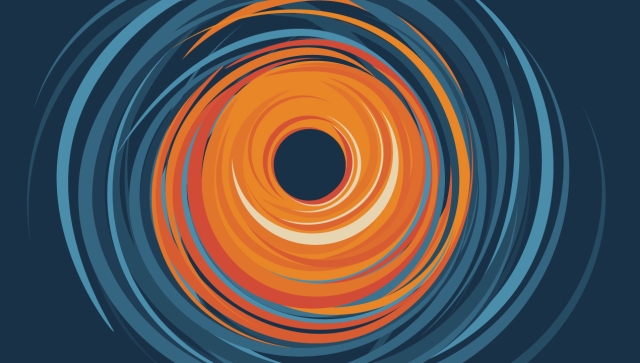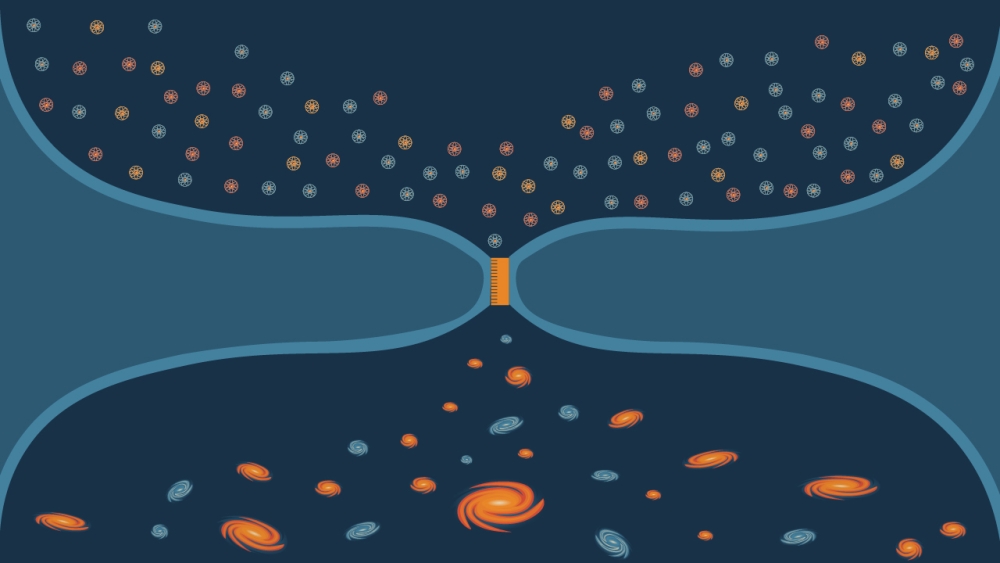
Deformed special relativity (and the principle of relative locality)
Current theories of gravity (like Einstein’s relativity) and theories of quantum mechanics are not, as far as we know, compatible. Figuring out how they coexist is among the largest unsolved problems in physics. One of Perimeter’s first and most influential papers was published on the topic in 2002 by founding faculty member Lee Smolin and longtime collaborator Joaoa Maguiejo. They propose that the solution may be to impose a new invariant (a permanently unchanged observable in a system, like the speed of light) on these theories. This invariant is a fundamental scale – the smallest possible length or energy level, perhaps equivalent to the Planck length – that would grant quantum mechanics and gravity a shared property.
Imposing this new invariant has ramifications for relativity, requiring one to ‘deform’ other existing symmetries, like the Poincare invariance that underpins special relativity. Further work has attempted to understand the implications of this new ‘deformed special relativity,’ including whether there are observable effects that could be tested experimentally. Thus far, that remains elusive.
In 2010, Smolin, Perimeter faculty Laurent Freidel, and their collaborators updated the theory with a new principle called relative locality. Relative locality is one possible way to grapple with the expected modifications these deformations imply for locality. Locality is a core concept in physics that ensures cause comes before effect. Standard theories usually rule out the possibility of non-locality.
The principle of relative locality suggests a new description of how non-locality and locality are expressed in nature. One expression of this is that a physical process may involve non-local interactions, but different observers will disagree about where those non-local effects took place. Each observer attributes the non-local physics to interactions far from them, while the physics in their neighbourhood remains local. All observers, however, agree on certain invariants that imply physics somewhere is non-local.
These models have since inspired new developments. Finite models that capture the same principles, called energetic causal set theories, have been studied since 2013, with key insights by Smolin and Marina Cortês. Freidel and collaborators have shown that relative locality has connections with Born duality, leading to new string theories and to new formulations of loop quantum gravity. Recently, phenomena similar to non-localities described by relative locality models have been noted in studies of quantum reference frames.
Giovanni Amelino-Camelia, Laurent Freidel, Jerzy Kowalski-Glikman, Lee Smolin, “The principle of relative locality,” Phys.Rev. D84 (2011) 084010 DOI: 10.1103/PhysRevD.84.084010, arXiv:hep-th/arXiv:1101.0931.;
João Maguiejo and Lee Smolin, “Generalized Lorentz invariance with an invariant energy scale, gr-qc/0207085,” Phys.Rev. D67 (2003) 044017.;
João Maguiejo and Lee Smolin, “Lorentz invariance with an invariant energy scale,” hep-th/0112090, Phys.Rev.Lett. 88 (2002) 190403; João Maguiejo and Lee Smolin, “Gravity’s rainbow,” gr-qc/0305055, Class.Quant.Grav. 21 (2004) 1725-1736.
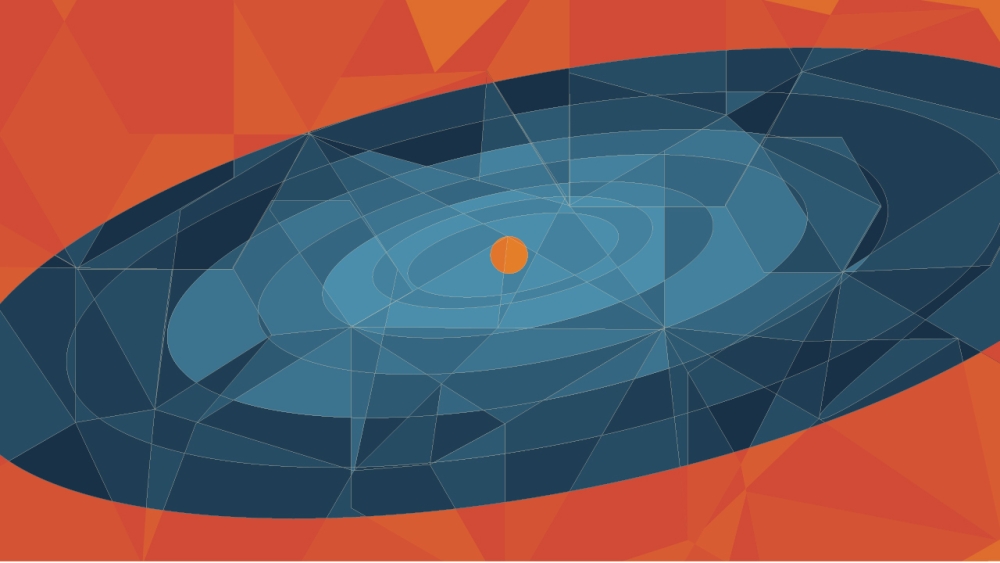
Effective spin foams
Spin foam models, first developed John Barrett and Louis Crane in the 1990s, are an attempt to describe the dynamics of loop quantum gravity, one of the leading theories in the quest to unite quantum mechanics with general relativity.
The fundamental goal of spin foam models is to see how a quantized spacetime (spacetime broken into small, fundamental chunks) behaves. If you can build spacetime from a foamy mass of smaller chunks, you can then simulate it and test whether the resulting spacetime behaves like the real universe. If it does, then the model may be on the right track to quantizing gravity.
The earliest versions of spin foams did not match the required dynamics, but advances made by Perimeter faculty Laurent Freidel and his collaborator Kirill Krasnov addressed many of those initial problems. Several other research groups subsequently derived the same model using other approaches, and the EPRLFK model, (as it is now known) has been the basis for much of the work done on spin foams ever since.
More recently, Perimeter faculty Bianca Dittrich, postdoctoral researcher Seth Asante, and visiting researcher Hal Haggard, have established a brand-new framework known as effective spin foams, which represent a major leap forward for the field.
Previous spin foam models were so complex that simulating and testing them was nearly impossible, requiring substantial computing power. With effective spin foams, calculations that once took weeks on high-performance computing clusters are performed in minutes on a laptop.
Early simulations using the technique were the first to definitively show that loop quantum gravity can reproduce some of the dynamics predicted by general relativity. Additional research showed that spin foams can create gravitational waves, which had previously been considered one of the barriers that might rule out the model altogether. The framework of effective spin foams has led to tremendous progress in the understanding of spin foams, in particular their continuum dynamics, and brought about the possibility of achievable practical simulations of larger quantum spacetimes.
Laurent Freidel, Kirill Krasnov, A new spin foam model for 4d gravity, Class.Quant.Grav. 25 (2008) 125018, arXiv:0708.1595. 454 citations.;
Florian Conrady, Laurent Freidel, On the semiclassical limit of 4d spin foam models Phys.Rev. D78 (2008) 104023, DOI: 10.1103/PhysRevD.78.104023 arXiv:0809.2280 [gr-qc] Cited by 170 records.;
Etera R. Livine, Simone Speziale, A new spinfoam vertex for quantum gravity, Phys.Rev.D76:084028, 2007, arXiv:0705.0674 351 citations.;
Effective spin foam models for four-dimensional quantum gravity, Seth K. Asante, Bianca Dittrich and Hal M. Haggard, Phys. Rev. Lett. 125 (2020) 231301, [2004.07013 [gr-qc]].;
Quantum geometry from higher gauge theory, Seth K Asante, Bianca Dittrich, Florian Girelli, Aldo Riello and Panagiotis Tsimiklis, Class. Quantum Grav. 37 (2020) 205001, [1908.05970 [gr-qc]].;
Discrete gravity dynamics from effective spin foams, Seth K Asante, Bianca Dittrich and Hal M Haggard, Class. Quantum Grav. 38 (2021) 145023, [2011.14468 [gr-qc]].;
Modified graviton dynamics from spin foams: The area Regge action, Bianca Dittrich, [2105.10808 [gr-qc]].;
From spin foams to area metric dynamics to gravitons, Bianca Dittrich and Athanasios Kogios, [2203.02409 [gr-qc]].;
Towards effective actions for the continuum limit of spin foams, Johanna N. Borissova and Bianca Dittrich, [2207.03307 [gr-qc]].;
Effective spin foam models for Lorentzian quantum gravity. SK Asante, B Dittrich, J Padua-Argüelles, Classical and Quantum Gravity 38 (19), 195002.;
Lorentzian quantum cosmology from effective spin foams. B Dittrich, J Padua-Argüelles, arXiv preprint arXiv:2306.06012.
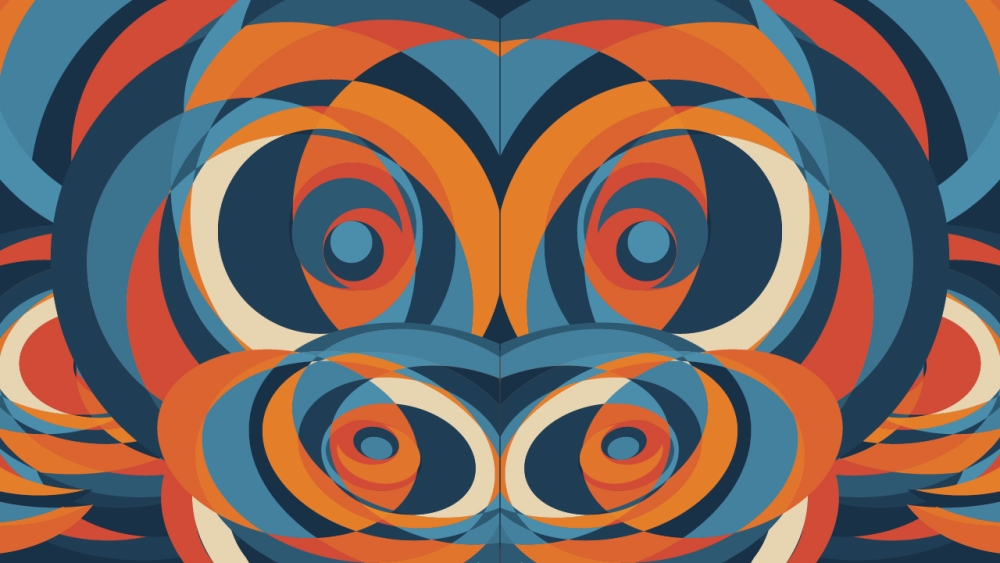
Local holography and corner symmetry
Most approaches to quantizing gravity are top-down. They start with a theory and work toward reality. In 2016, Perimeter faculty Laurent Freidel, working with postdoctoral research William Donnelly, began seeking a bottom-up approach to quantum gravity that tries to break down the boundaries between major top-down theories like string theory, holography, and loop quantum gravity. What they found was a new paradigm in quantum gravity that reinstated symmetries at the heart of spacetime: local holography.
They started with a fundamental question: what if you cut spacetime or a quantum field theory into subsystems, rather than looking at the whole? In doing so, they found that the process of decomposing systems into subsystems was controlled by symmetries they dubbed ‘corner symmetries’ (a boundary in both space and time). They also revealed that gauge symmetries – previously considered redundancies and not true symmetries – were fundamental in this instance.
Symmetries have proven essential tools in quantizing classical theories in the past, and reintroducing symmetries into the study of gravity opened exciting new possibilities in the effort to quantize gravity.
Local holography connects semiclassical concepts of symmetry with deeply non-perturbative quantum gravity techniques. It has also synthesized ideas from loop quantum gravity and modern ideas arising from holography. This program has created a new community, bringing together specialists from different areas that did not work together previously.
Local holography has also proven valuable in multiple adjacent research programs. This is true in celestial holography, for example, which attempts to find a version of the holographic principle that works in a flat spacetime, like the one we live in. Perimeter faculty Sabrina Pasterski’s work on celestial amplitudes, and the work on twistor and self-dual symmetry developed by Perimeter faculty Kevin Costello, both intersect with local holography in useful ways.
“Local subsystems in gauge theory and gravity,” W. Donnelly and L Freidel, J. High Energ. Phys. 2016 (2016) 1-45, [1601.04744 [hep-th]].;
“Loop gravity string,” L. Freidel, A. Perez and D. Pranzetti, Phys. Rev. D 95 (2017) 106002, [1611.03668 [gr-qc]].;
“Gravitational edge modes: from Kac-Moody charges to Poincaré networks,” L. Freidel, E. Livine and D. Pranzetti, Classical Quantum Gravity 36 (2019) 195014, [1906.07876 [hep-th]].;
“Kinematical gravitational charge algebra,” Laurent Freidel, Etera R. Livine and Daniele Pranzetti, Phys. Rev. D 101 (2020) 024012, [1910.05642 [gr-qc]].;
“Bubble networks: Framed discrete geometry for quantum gravity,” L. Freidel and E.R. Livine, Gen. Relativ. Gravitation 51 (2019) 9, [1810.09364 [gr-qc]].;
“Edge modes of gravity. Part I. Corner potentials and charges,” Laurent Freidel, Marc Geiller and Daniele Pranzetti, J. High Energ. Phys. 2020 (2020) 26, [2006.12527 [hep-th]].;
“Edge modes of gravity. Part III. Corner simplicity constraints,” Laurent Freidel, Marc Geiller and Daniele Pranzetti, J. High Energ. Phys. 2021 (2021) 100, [2007.12635 [hep-th]].;
“Quantum gravity at the corner,” L. Freidel and A. Perez, Universe 4(10) (2018) 107, [1507.02573 [gr-qc]].
More Turning Points:
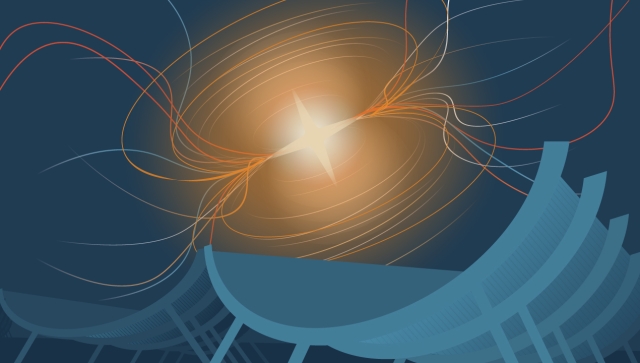
Cosmology

Mathematical Physics
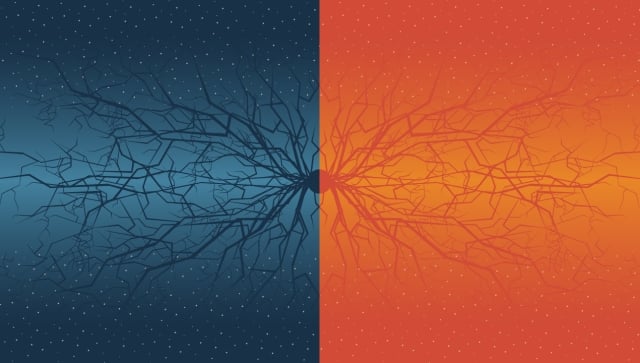
Particle Physics

Quantum Foundations
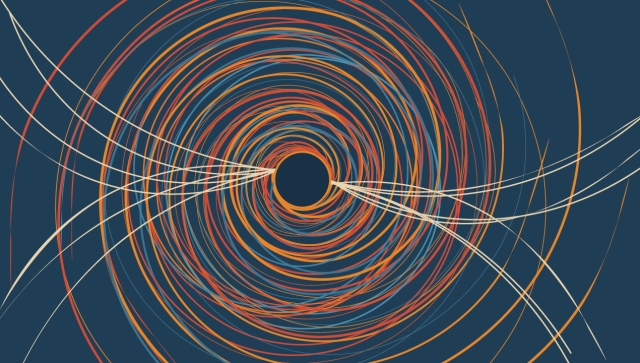
Quantum Fields and Strings

Quantum Gravity
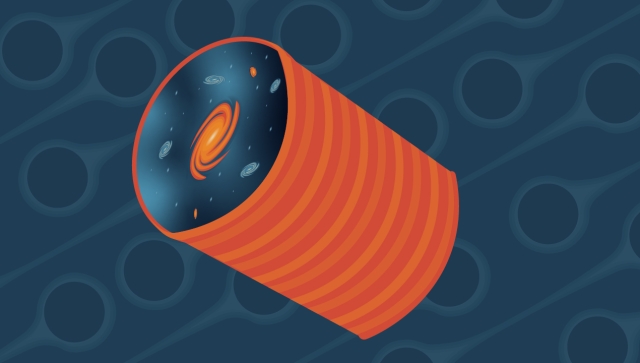
Quantum Information
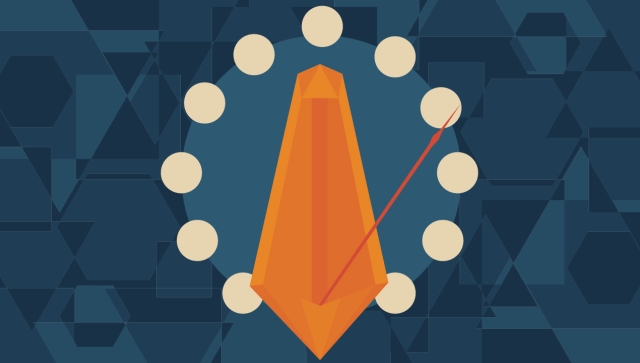
Quantum Matter
